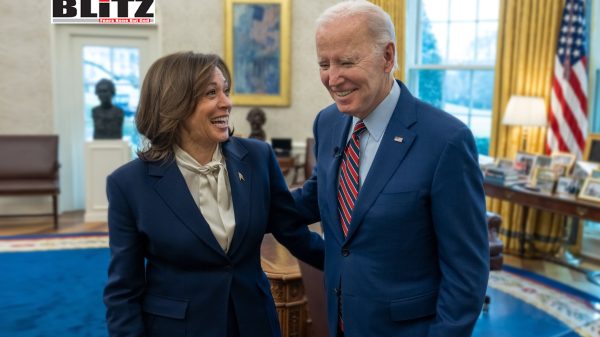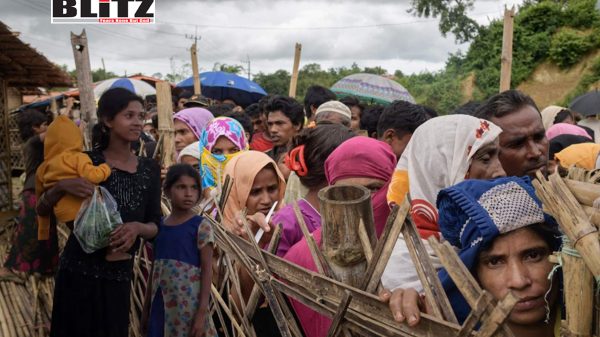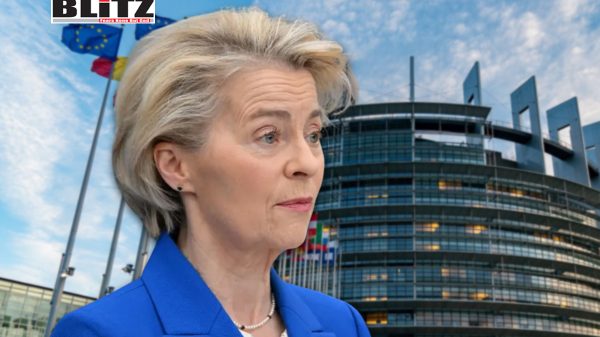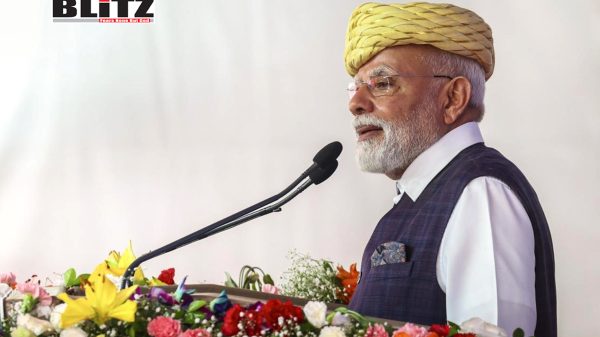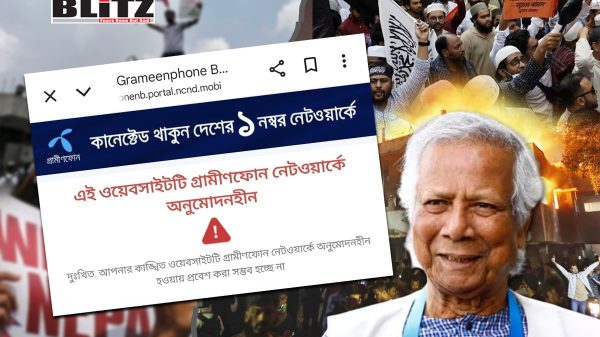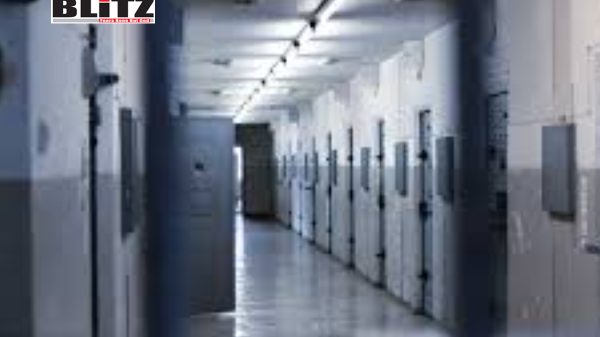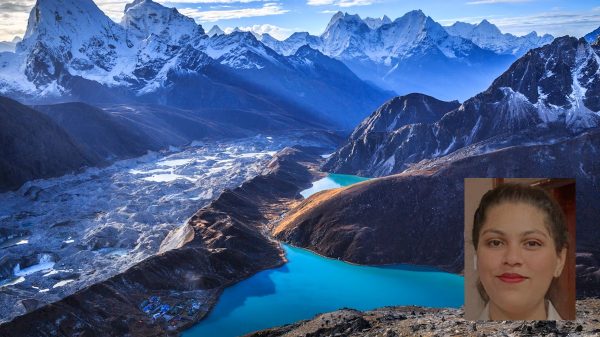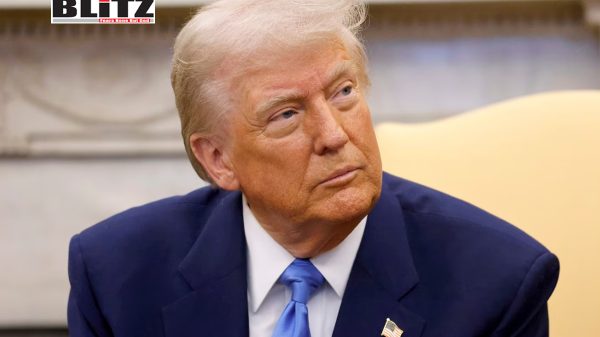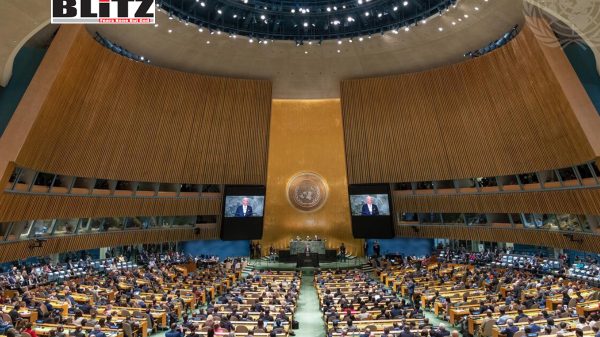Nepal plunged into crisis as Prime Minister Oli resigns amid deadly protests like Bangladesh
- Update Time : Wednesday, September 10, 2025
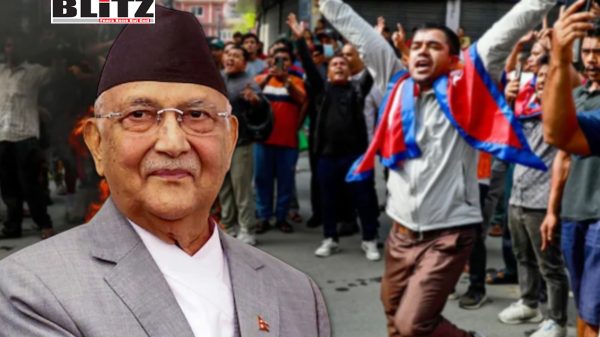
Nepal has been thrown into a new era of political turmoil after Prime Minister KP Sharma Oli resigned on September 9, just hours after nationwide protests left at least 19 people dead and more than 400 injured. His resignation comes less than three months into his fourth term and underscores the fragility of Nepal’s political order, which has been under growing strain from youth-led demonstrations, economic stagnation, and entrenched corruption.
The scenes of unrest in Kathmandu and other major cities bore a striking resemblance to the upheaval in neighboring Bangladesh just a year earlier, where a youth- and Islamist-driven uprising forced Prime Minister Sheikh Hasina to step down. In both countries, Generation Z has taken center stage, channeling long-festering anger against political elites into mass movements that have already reshaped South Asia’s political landscape.
The protests that toppled Oli began on September 8 when thousands of young Nepalis, many of them students, poured into the streets to demand accountability for decades of corruption and misrule. Organized largely through social media platforms, the demonstrations were initially peaceful, echoing the youthful energy seen in Bangladesh’s anti-government uprisings.
But the state’s response proved decisive. Police fired live ammunition at demonstrators in Kathmandu and several other cities, killing 19 people, most of them students and young activists. More than 400 others were wounded. The brutality of the crackdown shocked the nation, galvanized public outrage, and spread the protests further. Images of bloodied students quickly went viral, fueling a sense of solidarity among the youth and drawing condemnation from human rights groups.
For Oli, the deadly events marked the collapse of a political comeback that had barely begun. Having first served as prime minister in 2015–16 during Nepal’s difficult transition after the new constitution, he returned in 2018 and stayed in office until 2021. Briefly reinstated later that year, Oli faded into the background before returning triumphantly in July 2024, backed by the Nepali Congress and other factions.
Oli styled himself as a nationalist leader who would safeguard Nepal’s sovereignty in the face of Indian and Western influence, while also promising stability and prosperity at home. Yet his latest term was plagued by accusations of authoritarianism, failure to tackle systemic corruption, and an inability to connect with a restless younger generation demanding change.
The police killings on September 8 proved to be the breaking point. As protests escalated, government buildings-including the Parliament-were vandalized, while the homes of several politicians were attacked. Oli’s allies in the Nepali Congress began to distance themselves, unwilling to be tainted by association with the bloodshed. By the evening of September 9, Oli had no choice but to resign.
While Oli’s resignation satisfied one immediate demand of the protesters, it has not calmed the streets. Demonstrators, particularly the Gen Z activists driving the movement, have vowed to continue until systemic reforms are enacted. Their demands include robust anti-corruption measures, a more transparent and accountable government, and reforms of Nepal’s security forces to prevent further abuses.
The crisis has revealed a deep generational rift. For years, Nepal’s political elite-dominated by the same aging leaders-have failed to address the aspirations of a young population that faces unemployment, corruption, and a lack of upward mobility. Now, those frustrations have spilled into the streets, and Oli’s fall is seen by many as just the beginning.
The uprising in Nepal comes barely a year after Bangladesh’s own dramatic upheaval, where Prime Minister Sheikh Hasina fled to India in August 2024 following a youth-led revolt against corruption and authoritarian rule. While the contexts differ, the parallels are striking.
Both countries have witnessed the emergence of youth-driven protests fueled by social media, a rejection of the entrenched political class, and state crackdowns that turned anger into full-blown uprisings. Both governments relied on police and paramilitary forces to crush dissent, only to find themselves overwhelmed by the backlash. And in both cases, the resignation or removal of a sitting prime minister has left the political future deeply uncertain.
Analysts warn that this wave of youth-led uprisings could become a defining feature of South Asian politics, as disillusioned young citizens increasingly challenge outdated governance models.
The international community has expressed alarm over the deaths and instability in Nepal. India, which has had a tense relationship with Oli, urged calm and stability in carefully worded statements. China, another influential power in Nepalese politics, has remained largely silent but is watching closely, given its economic and strategic stakes in the Himalayan nation.
Western governments, including the United States and the European Union, have condemned the use of lethal force against protesters and called for dialogue. Human rights organizations have demanded independent investigations into the crackdown, with some urging international pressure to hold Nepalese security forces accountable.
Oli’s resignation raises immediate questions about Nepal’s political future. The Nepali Congress and other parties are scrambling to form an interim administration, but public trust in the entire political establishment is at rock bottom. Many protesters argue that simply replacing Oli with another seasoned politician will not address the deeper structural failures of Nepal’s democracy.
The coming weeks will determine whether Nepal’s leaders can turn the crisis into an opportunity for reform or whether the country will spiral into prolonged instability. If ignored, the grievances of Nepal’s youth could grow into something even more destabilizing, following a pattern already visible in Bangladesh.
For now, Nepal remains on edge. Crowds continue to fill the streets of Kathmandu and beyond, waving flags and chanting for reform. As one young protester told reporters, “This is not just about Oli. It is about the entire system. Until they change it, we will not stop.”
KP Sharma Oli’s fall highlights a critical moment for Nepal and a warning for the wider region. Like Bangladesh, Nepal has now witnessed how a frustrated younger generation can bring down entrenched leaders through sheer determination, even in the face of lethal crackdowns.
Unless Nepal’s political class recognizes the urgency of reform and addresses corruption, inequality, and authoritarian excesses, the cycle of unrest may continue. Oli may be gone, but the anger that swept him out of office remains-and it could shape the future of Nepalese politics for years to come.


